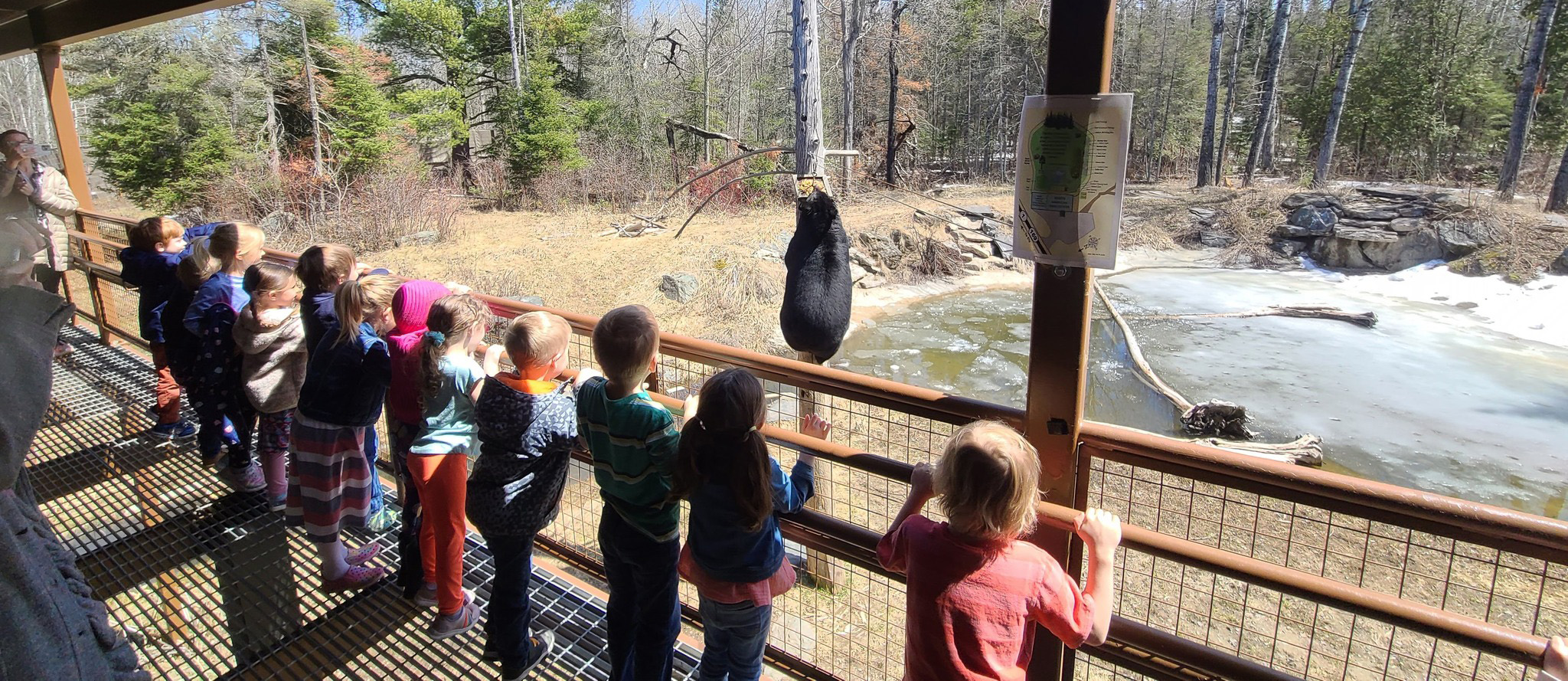Scat Analysis Versus Walking With Bears
Scat Analysis Researcher walking with bears For decades, Bear Center researchers analyzed thousands of bear scats to learn diet and how it varies with season and among years. The scats…
Read More

Scat Analysis Researcher walking with bears For decades, Bear Center researchers analyzed thousands of bear scats to learn diet and how it varies with season and among years. The scats…
Read More
After pulling down the wrong stem, this 6-month-old cub looks at the juneberries that are still out of reach. As she grows up, she will learn how to determine which…
Read More
Predation: The stocky body that gives black bears strength and minimizes heat loss makes them a poor predator. The stocky, insulated body makes them overheat during chases and gives them…
Read More
A keen sense of smell Strong curved claws for climbing trees and ripping logs Strength for turning over rocks and logs to get colonial insects and strength for bending branches…
Read More
Effects of food on cub growth and survival Starvation is the main cause of death for black bear cubs around Ely. By fall, cubs can weigh 15 to 165 pounds,…
Read More
Although bears prefer immature bees, they also will eat honey, depending upon the alternatives. Honey is mostly sugar with an average composition of 38.5 percent fructose 31.0 percent glucose 17.1…
Read More
In outbreak years, caterpillars usually hatch in May, defoliate huge areas, and pupate 5-6 weeks later in June or early July. As the caterpillars grow, they increase their percent fat…
Read More
Insects and animal matter are less than 10% of the annual black bear diet around Ely and across most of North America. Across America, exceptions occur along the Pacific coast…
Read More
Hazelnuts are one of the most important and preferred bear foods in northeastern Minnesota. Across North America, availability of hard mast (nuts and acorns) is a major predictor of bear…
Read More
Ant specialists refer to ant larvae and pupae as “brood.” These digestible clumps of fat and protein are the main source of animal protein for black bears over much of…
Read MoreWe are a 501(c)(3) non-profit that relies entirely on the support of visitors, merchandise sales and people like you. We do not receive any state or federal funding.
Help support our mission.
Donate Now